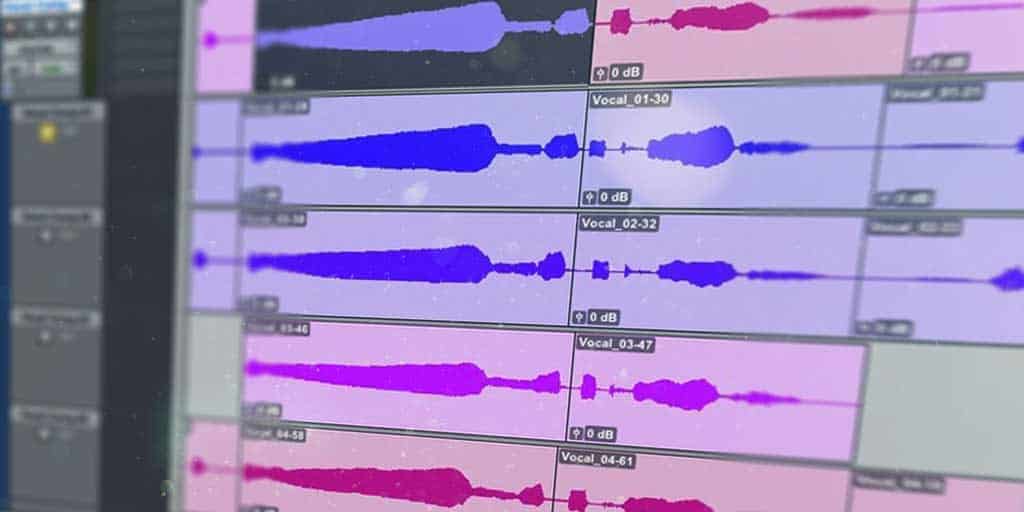But what exactly is a professional vocal chain? What elements are present, and how do they function?
In this article, I’ll dissect a typical vocal chain and explain how each component contributes to music mixing.
Let’s discover more with us!
What’s a vocal chain?
A vocal chain is a sequence of processors utilized by an engineer or producer to situate a vocal recording inside a mixture.
Usually made up of conventional mixing instruments like EQ, compression, and results, vocal signal chains often embrace particular manufacturing strategies used for vocals.
Whereas many vocal chains could also be comparable, every engineer has their own decisions of plugins or hardware that they use to create their signature sound.
Listed below are 8 frequent components of a vocal mixing chain.
1. Low-pass filter
It’s frequent in vocal processing to start the chain with an EQ to filter out any unnecessary frequencies.
These are typically low rumbling sounds or excess bass frequencies produced by the proximity effect for vocals.
Along with eradicating problematic frequencies, a low-pass filter can enhance the efficiency of different processors within the chain that react poorly to extremely low finish.
Experiment with adding one at frequencies starting from 40-85 Hz however attempt not to take away an excessive amount of low-end basis of the singer’s voice.
2. Compression
Compression is an important ingredient in any vocal chain.
The human voice is an extremely dynamic instrument. The sound power of a singer’s efficiency can differ wildly between phrases, making it troublesome to set the general level so that every second might be heard clearly.
The answer is to cut back the recording’s dynamic range utilizing compression.
If you only need the fundamentals, compression works by reducing the signal whenever it exceeds a predetermined threshold level.
Because the loudest parts of the signal are reduced, the rest can be turned up to hear both the loud and quiet parts.
In terms of vocals, engineers usually apply compression in phases.
One compressor could be configured to handle quick, peaky transients whereas a second would possibly apply gradual leveling to even out the efficiency.
3. EQ
EQ is the subsequent main step in a vocal chain. It’s the primary device for controlling the frequency steadiness of any sound, together with vocals.
Studio vocals must sound daring and powerful, while also soaring above the mix.
Most often, you’ll make just a few key EQ adjustments to get the desired sound.
Along with discovering the fitting frequencies, selecting the right EQ plugin for vocal mixing is critical.

